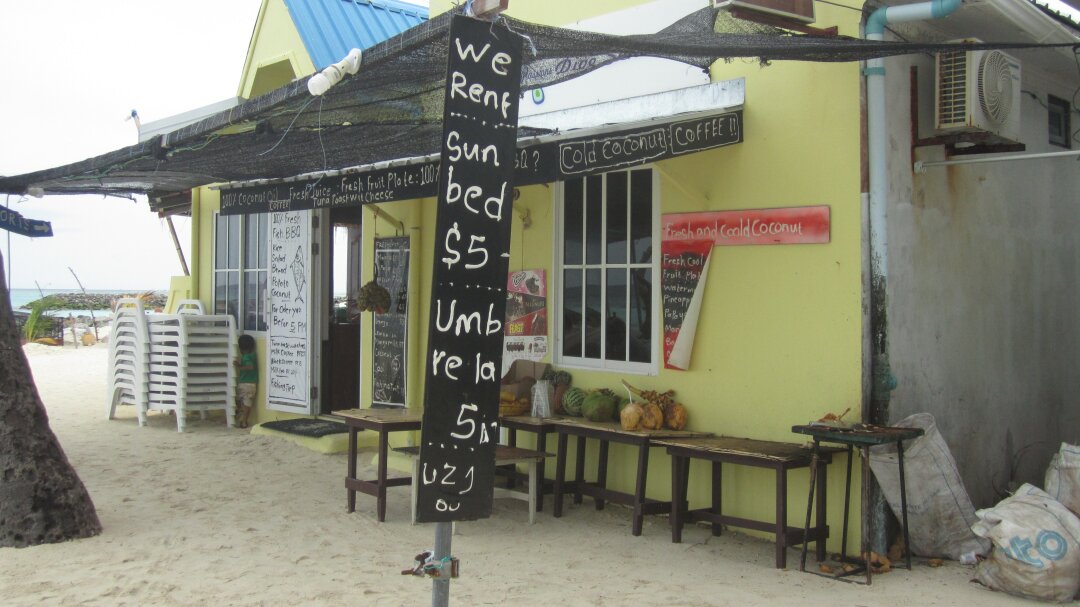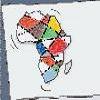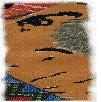World Englishes at the grassroots
 Inherent to the above is the fact that English is used by speakers at all levels of societies. While, as a second language, it has previously been associated with an ‘educated elite’, that is with academics, politicians and business professionals, English has recently spread increasingly at the grassroots of multilingual societies, among speakers with limited access to formal education and language teaching.
Inherent to the above is the fact that English is used by speakers at all levels of societies. While, as a second language, it has previously been associated with an ‘educated elite’, that is with academics, politicians and business professionals, English has recently spread increasingly at the grassroots of multilingual societies, among speakers with limited access to formal education and language teaching.
Users of English at the grassroots include very diverse people, such as motorcycle taxi drivers, market vendors, gardeners, cleaners, hotel staff, artisans, tour guides, porters, migrant domestic workers, refugees and asylum seekers. Much of the spread of English at the grassroots takes place in former areas of British domination, in trade and work migration, and in forced migration by refugees.
Our research aims to document and to empirically study world Englishes at the grassroots of societies and to integrate Englishes at the grassroots into existing models of world Englishes. In 2021, following a stimulating workshop, Edgar Schneider and Christiane Meierkord published a first collection of case studies with Edinburgh University Press.
Linguistic identities on the African continent and beyond
 Related to the above, "Linguistic identities on the African continent" investigates how identity is constructed and conveyed through language(s) on the African continent and beyond and how English is appropriated to serve communities' and individuals' identity constructions.
Related to the above, "Linguistic identities on the African continent" investigates how identity is constructed and conveyed through language(s) on the African continent and beyond and how English is appropriated to serve communities' and individuals' identity constructions.
As our logo illustrates, we conceive of Africa as a continent characterised by migration, as indicated by the 'footprints' transgressing the continent, and by transnational speech communities, as indicated by the coloured border-crossing areas. At present, our research focusses on Uganda, Rwanda, and Diasporic African communities in Germany.
We have also investigated South Africa in some detail and described processes of language contact and language change. In South Africa this includes a description of how the forms of English traditionally spoken by the different ethnicities in the country currently cross-influence each other.
All three contexts serve to describe current processes of language contact and language change. We approach our various research strands from a sociolinguistic framework with a strong focus on ethnographic fieldwork, but also using corpus linguistic and sociophonetic methods.
Interactions across Englishes
 Today, the majority of communication in English is what we call lingua franca communication. Most of our research is concerned with exactly these interactions, in which participants all have English as a second or as a foreign language. At the international level, an interaction conducted in English as a lingua franca might include a Pakistani, a Japanese, and a Kenyan participant. Or, at an intranational level, for example in South Africa, it might include speakers of South African Indian English, Cape Flats English (a variety spoken by the coloured population of Cape Town), and Black South African English.
Today, the majority of communication in English is what we call lingua franca communication. Most of our research is concerned with exactly these interactions, in which participants all have English as a second or as a foreign language. At the international level, an interaction conducted in English as a lingua franca might include a Pakistani, a Japanese, and a Kenyan participant. Or, at an intranational level, for example in South Africa, it might include speakers of South African Indian English, Cape Flats English (a variety spoken by the coloured population of Cape Town), and Black South African English.
To such interactions, speakers potentially contribute with their own variety of English, e.g. Pakistani English, Kenyan English, or English as spoken by a Japanese. Thus, the interactions must be conceived of as Interactions across Englishes (Meierkord 2012). The core assumption of this concept is that the different varieties of potentially merge in these interactions, resulting in the development of new forms of English. In this context, our research focuses on how the varieties mix and blend, as well as what the resultant forms of English used in these interactions look like at the levels of phonetics, phonology, morpho-syntax, the lexicon, and discourse.
Scientific linguistics journals: